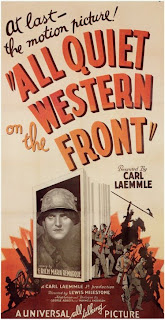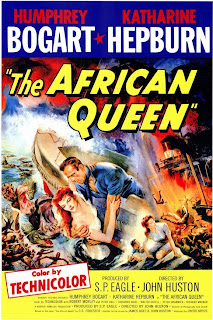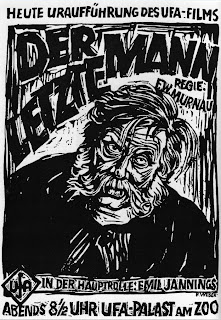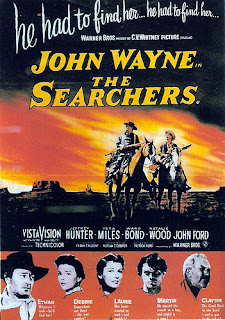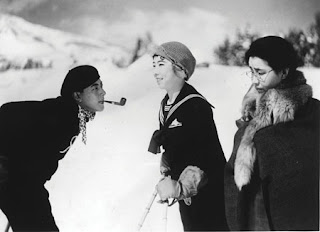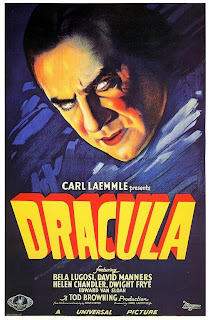The Holy Mountain (1926)
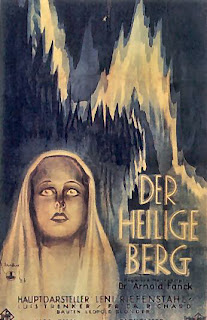
"Among us, the greatest attribute... is loyalty." There aren't too many films which can claim to have started an entire sub-genre of cinema. Dr. Arnold Fanck's The Holy Mountain , made in 1926, started a unique and wholly German type of film - the Bergfilm (or ' Mountain Film '). Essentially, Bergfilme were films that were made in the stunning alpine scenery of Bavaria, aiming to capture on nitrate the grand nature of these epic, snowy landscapes. Fanck, who held a PhD in geology, had a background in making documentary films in mountainous areas, beginning with The Wonders of Skiing (1919), a film which tapped into Germany's affinity with the sport which was then still in its early days, and the film became an instant success in the country. Fanck continued to make similar documentary films through the 1920s, including the first film to be shot at altitude in the mountains, but it was The Holy Mountain ( Der heilige Berg ) that was to be his firs

